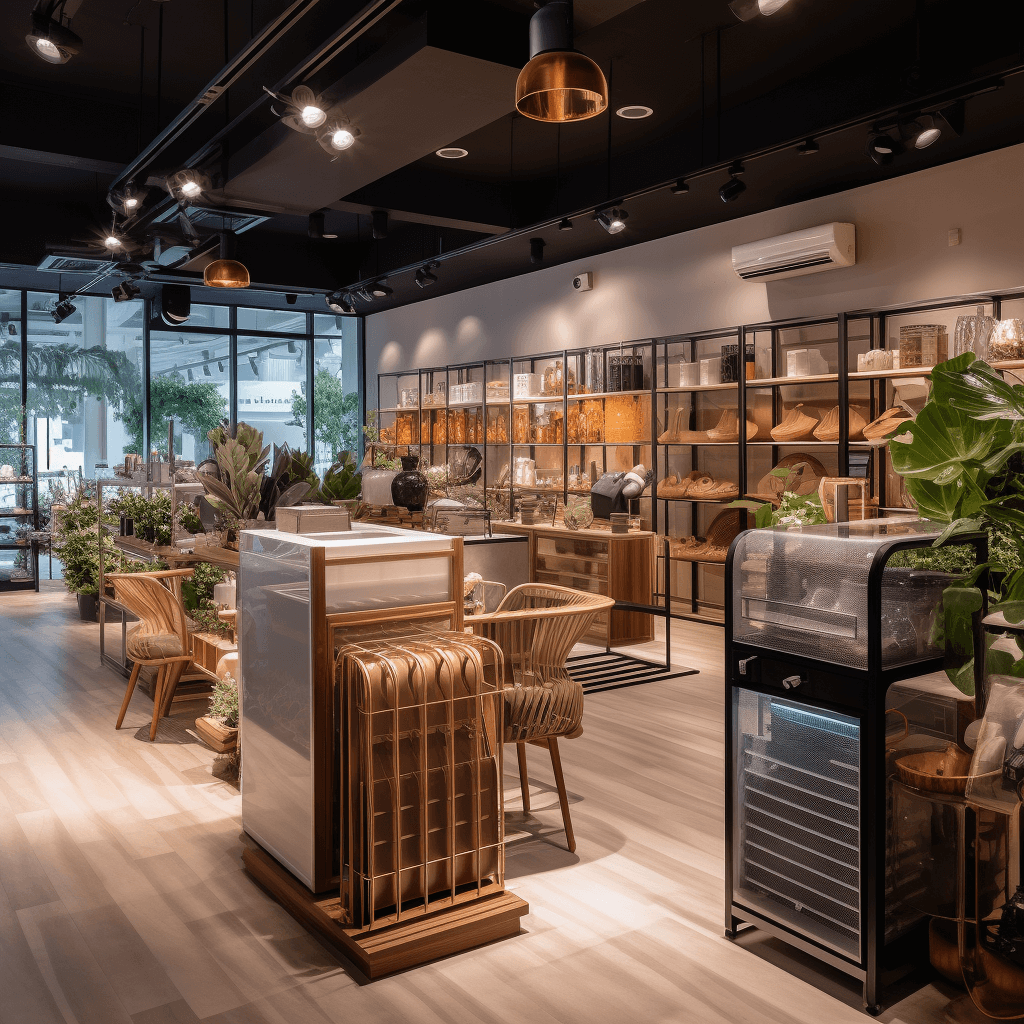Harnessing HVAC Systems to Slash Energy Bills in Expansive Retail Spaces
In the bustling world of retail stores, where every square foot counts, energy efficiency isn't just a buzzword—it's a necessity. As overhead costs rise and the push for sustainability grows, retailers are constantly seeking ways to cut back on energy consumption without compromising the comfort of their customers. Enter the modern Heating, Ventilation, and Air Conditioning (HVAC) systems. But the question arises: Can HVAC systems genuinely help reduce energy bills in large retail spaces? Let's dive deep into this.
Understanding the Energy Dynamics of Large Retail Spaces
Large retail spaces, with their expansive floor areas and high ceilings, present unique challenges:
-
Vast Air Volumes: The sheer volume of air that needs to be conditioned is enormous.
-
Frequent Door Openings: With customers constantly entering and exiting, maintaining a consistent temperature becomes a challenge.
-
Diverse Zones: Different areas, like cold storage, electronics, or apparel sections, might require varied temperature settings.
The Role of Advanced HVAC Systems
Modern HVAC systems are not just about heating or cooling. They're about smartly managing the environment. Here's how they make a difference:
-
Zoning Capabilities: Advanced systems can create different temperature zones within the store. The electronics section can be cooler, while the apparel section can be warmer. This ensures energy is used only where needed.
-
Smart Sensors: These sensors detect areas with high footfall and adjust the temperature accordingly. No more wasting energy in less frequented sections!
-
Variable Speed Compressors: Unlike traditional systems that are either on or off, these compressors adjust their speed based on the cooling demand, ensuring optimal energy use.
-
Heat Recovery: Some HVAC systems can recover heat from cooling processes and use it for heating, leading to double savings!
Real-World Savings: A Case Study
Consider a hypothetical large retail store, "RetailMax," spanning 50,000 square feet. Before upgrading, their old HVAC system consumed 500,000 kWh annually, costing them $60,000. After switching to a modern, energy-efficient HVAC system, their consumption dropped to 350,000 kWh, translating to a whopping $18,000 in savings each year!
Additional Benefits Beyond Savings
While the cost savings are substantial, the benefits of a modern HVAC system in a retail environment extend beyond just the financial aspect:
-
Enhanced Customer Comfort: A comfortable shopper is likely to spend more time (and money!) in the store.
-
Sustainability: Reduced energy consumption means a smaller carbon footprint. Eco-conscious customers will appreciate and support businesses that care for the environment.
-
Reduced Maintenance: Modern systems come with fewer breakdowns and require less frequent servicing, further reducing operational costs.
Making the Switch: Things to Consider
If you're a retailer contemplating an HVAC upgrade, here are some points to ponder:
-
Initial Investment: While modern systems can be pricier, the long-term savings often justify the upfront costs.
-
Rebates and Incentives: Many governments and energy companies offer incentives for businesses to adopt energy-efficient practices.
-
Professional Installation: Ensure you partner with a trusted HVAC service provider. At AirGreen, we pride ourselves on offering top-notch HVAC solutions tailored for the retail industry.
Conclusion: An Investment Worth Making
In the dynamic landscape of retail, where customer experience and operational efficiency are paramount, investing in a modern HVAC system is not just a luxury—it's a strategic move. With tangible financial savings, enhanced customer comfort, and a boost in sustainability credentials, the question isn't whether you can afford to upgrade—it's whether you can afford not to.

